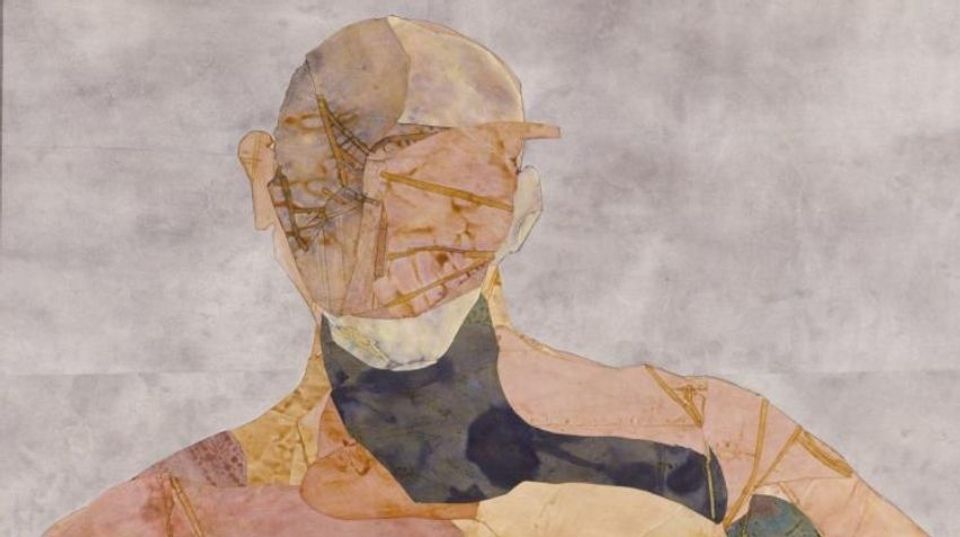Artwork Details
- Title
- Cob I
- Artist
- Date
- 1980
- Location
- Not on view
- Dimensions
- 17 3⁄4 x 9 1⁄4 x 10 1⁄2 in. (45.0 x 23.5 x 26.8 cm.)
- Copyright
- © 1980, Nancy Grossman
- Credit Line
- Gift of the Sara Roby Foundation
- Mediums Description
- carved wood, leather, nails, paint, lacquered paint, horn, and lead
- Classifications
- Subjects
- Fantasy — monster
- Figure male — head
- Dress — costume — mask
- Object Number
- 1986.6.38
Artwork Description
Modern American Realism: The Sara Roby Foundation Collection, 2014
Cob I is one in a series of wooden sculptures of heads wrapped in leather that Nancy Grossman began making in 1968. With horns emerging from the top of the head, Cob I resembles a satyr or a “cob,” an outdated English word for devil. “Cob” can also mean “the head of anything” or “to strike violently,” and the leather covering of Cob I recalls the bondage costumes used in sadistic sexual behavior. Grossman acknowledges the bestial side of humanity, and Cob I likely carries all of these associations. However, the piece expresses not only brutality, but vulnerability as well. The leather covering appears aggressive, but also protects the head by adding a second layer of “skin.” Grossman states that her sculptures do not depict any particular individual, but rather represent all the people she sees on the street who are afraid to be “caught feeling.”














